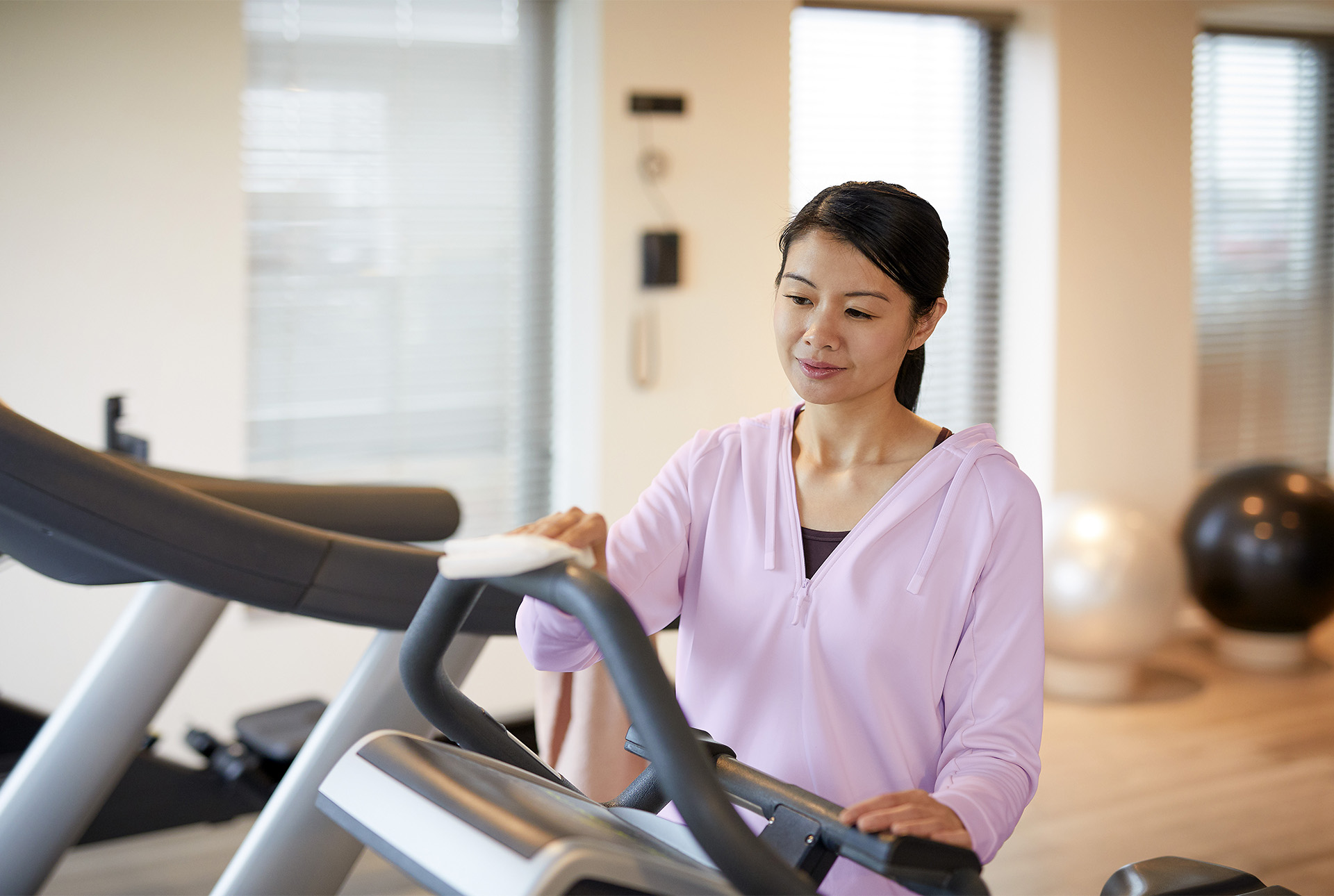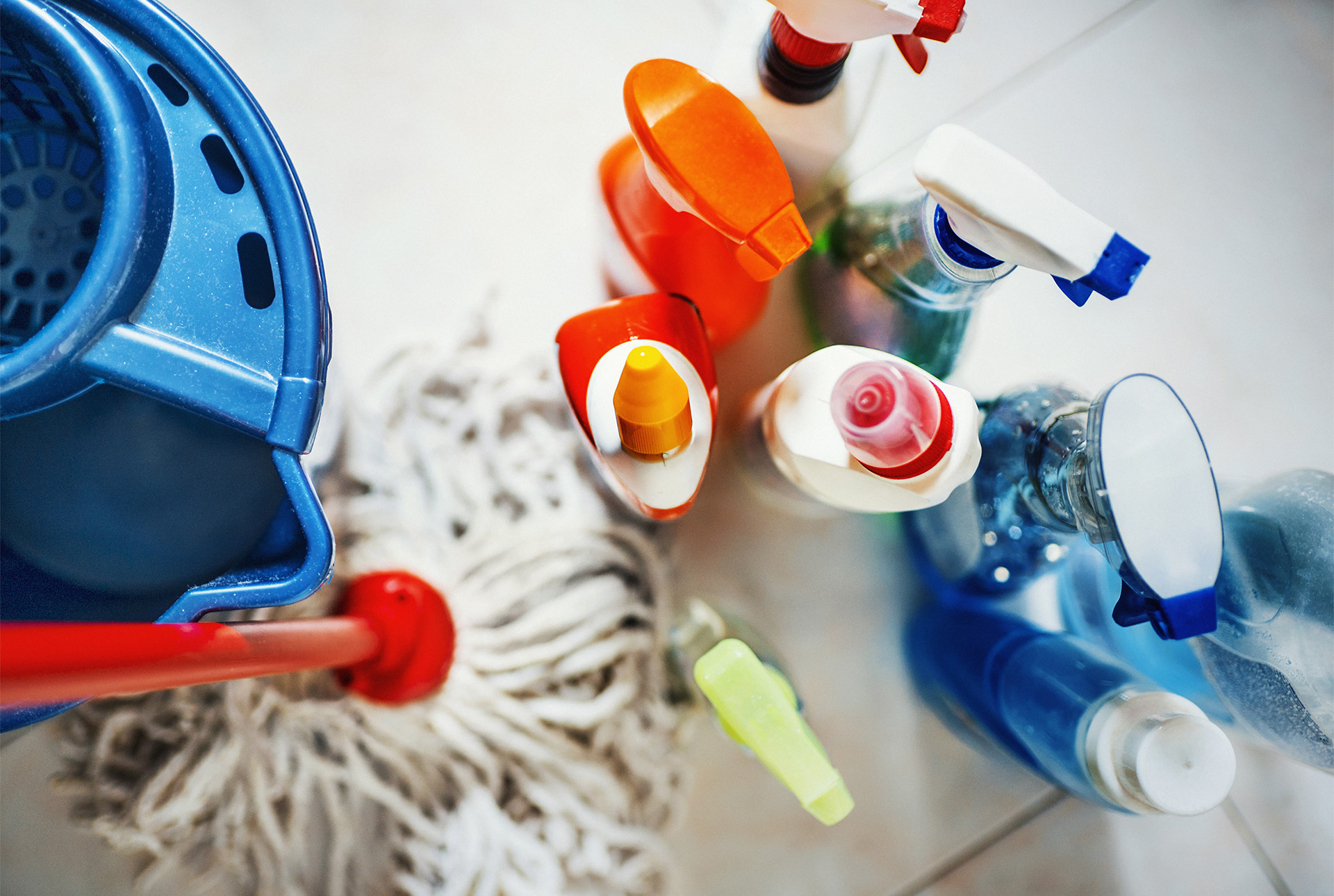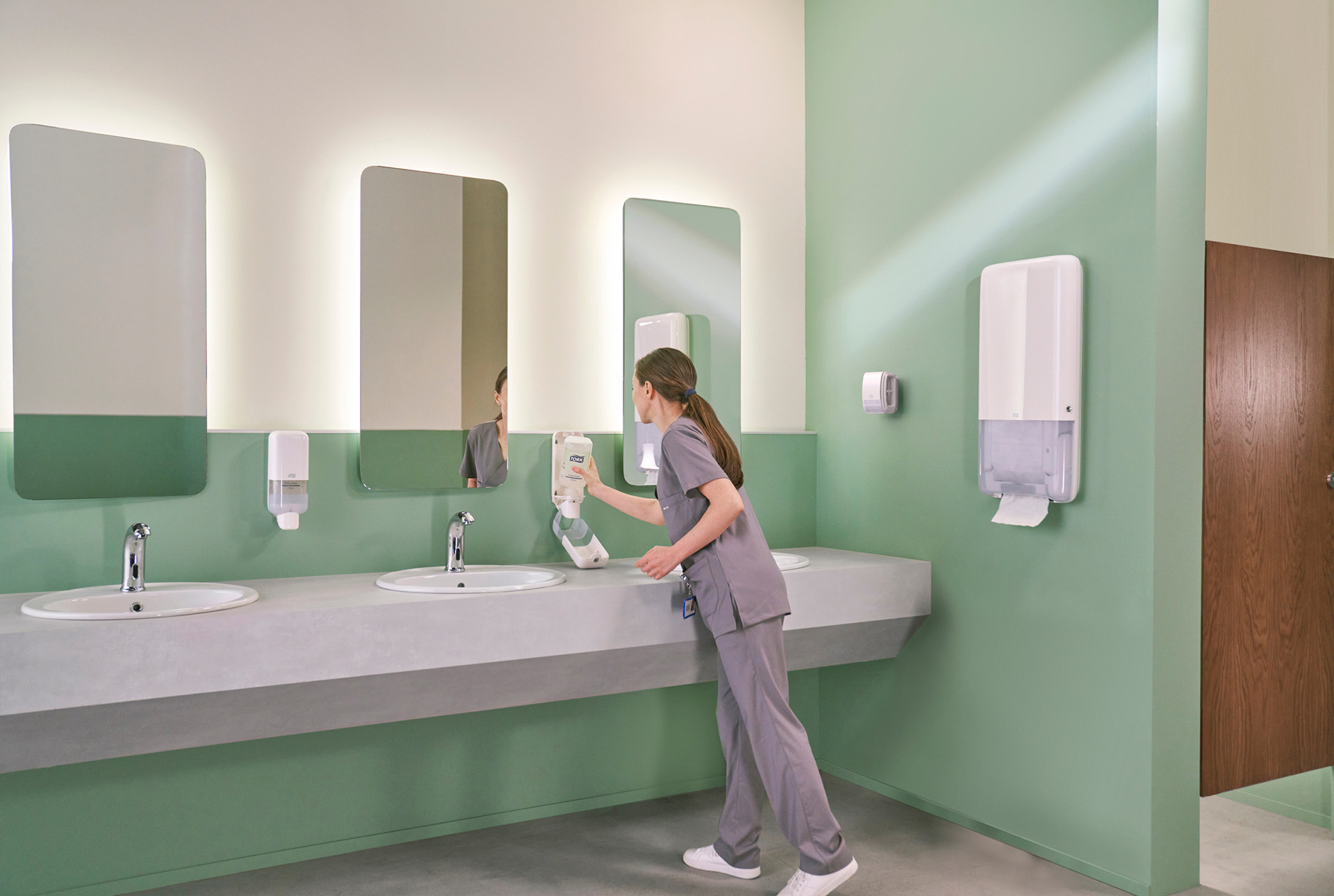What was once the staple of old sci-fi movies is fast becoming the simple truth: robots are on the rise. OK, so the reality may not be as dramatic as the screen version, but the fact remains: businesses across the world, including many in Australia and New Zealand, are investing heavily in mechanised technology.
South Korea leads the way in global uptake, with 631 robots per 10,000 workers employed across various industries, while China, the US, Japan and Germany are the next biggest international investors. And whether they’re performing repetitive tasks in factories, handling goods in warehouses or navigating mine shafts, in each of the sectors in which they’re becoming ever-more prominent, automated systems are having an impact.

Increasingly, this is the case in the cleaning and hygiene industry, where the gradual introduction of robots is promising a big shift in the way services are performed. Self-driving floor scrubbers, vacuums and sweepers, in particular, have been used to augment the work done by humans, providing a more thorough clean, and increasing the scale of the working areas. “With these new robots, we can do those same jobs on a greater scale while re-deploying that initial labour output to other value-add tasks for our clients,” says Bunzl Australia and New Zealand’s Sales Manager, Facilities Management sector, Greg Crisp.
The pandemic impacted the cleaning sector in multiple ways. It increased the demand for greater hygiene – and therefore more intensive work – in facilities that handle high levels of foot traffic. However, on the other side of that, many companies were forced to lose staff and therefore unable to meet the workload.
It also highlighted issues of safety for cleaners, particularly around their potential exposure to germ heavy areas. These matters have been brought into even greater relief over the past 12 months. Cleaning standards are higher than ever, while the workforce is still shy on numbers and subject to significant churn. In large areas such as airports, hospitals, hotels and shopping centres, that can mean a lot of pressure for workers to regularly produce standards of cleanliness that may not always be possible.
Automated technologies are providing solutions to these problems by being able to complete challenging cleaning work safely and efficiently. A clear advantage of using robotic technology is that you can accurately measure and evaluate the work completed by a machine, giving you invaluable information when it comes to cleaning procedures and extra maintenance that may be required in high-traffic areas.
“The benefit of robotics in cleaning include the removal of labour [and] the fact that a greater cleaning consistency can be achieved.”
Greg Crisp, Sales Manager for Facilities Management at Bunzl Australia and New Zealand
As an example, you will be able to see the time it takes for a floor scrubber to clean the entire floor of a shopping centre, while also being able to track the surface area covered, the amount of water used and the overall level of efficiency. “Take a machine like the Gaussian scrubber, which has a multi-stage water filtration system, which removes the need to empty and refill tanks of dirty water during cleaning – and creates an uninterrupted cleaning cycle,” says Crisp.
As well as aiding with staff shortages and increasing productivity, robots also help to make cleaning work more sustainable. And that is a rise we can all get on board with.
Contact one of our Cleaning & Hygiene Advisory Teams for more details: chat@bunzl.com.au










